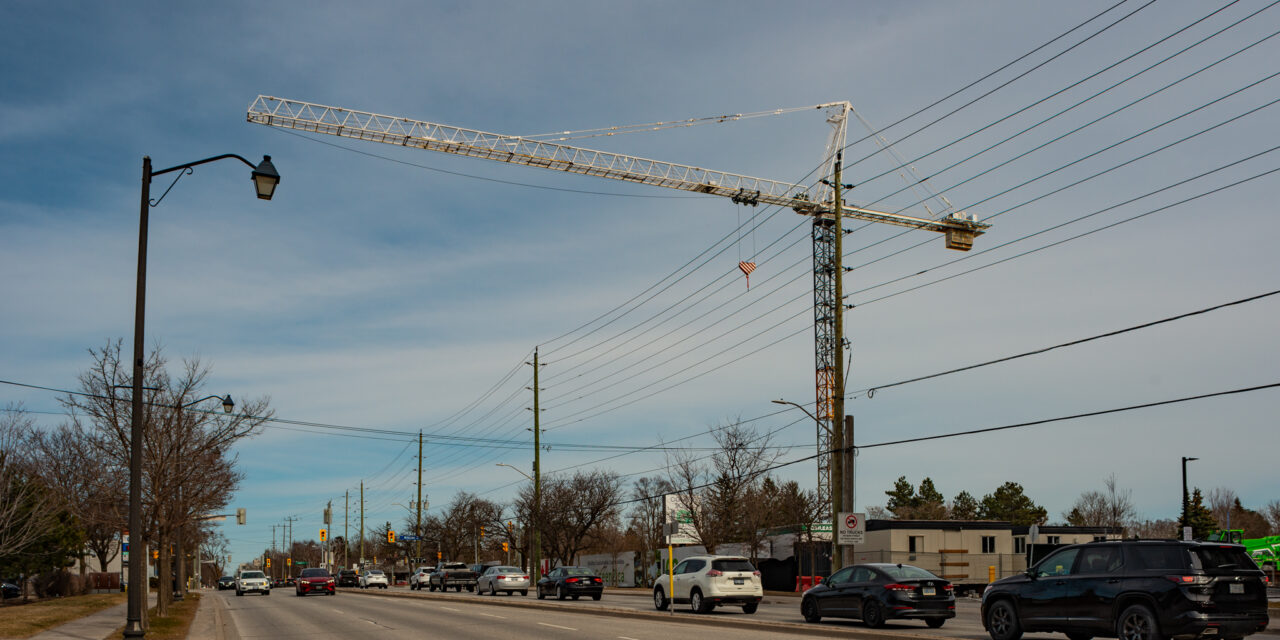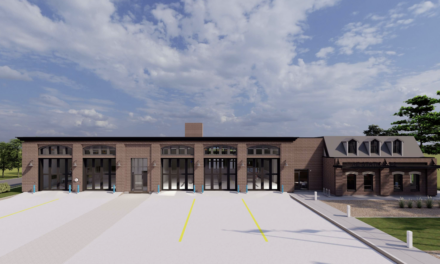- Stouffville’s population reached 57,277 in 2024 and is projected to grow to 103,500 by 2051.
- The Town plans for 16,710 new residential units between 2021 and 2051, consisting of 41% low-density, 27% medium-density, and 32% high-density dwellings.
- In 2024, only 35 new housing starts were recorded, a sharp decline from 723 in 2023 and 436 in 2022.
- 511 new units were completed, and 3,501 units were draft-approved by Council
- Stouffville had 11,659 housing units in its development pipeline at the end of 2024, with 2,418 fully approved and ready for building permits.
- The Ontario government assigned the Town a target of 6,500 new units by 2031, and 25% of that goal has been met.
- The data was compiled in the recently published 2024 Housing Indicators Annual Monitoring Report.
Stouffville’s Housing Strategy, endorsed by Council in 2022, laid the foundation for housing policy direction in the Town’s new Official Plan. One of its key recommendations was the development of an annual housing monitoring process, which was presented to Council last week as the 2024 Housing Indicators Annual Monitoring Report.
“Monitoring and reporting on key housing indicators will be an important measure of progress to achieving housing goals and targets,” Staff noted. “This second annual report brings together all housing related targets and indicators in one comprehensive document and makes year over year comparisons to measure the Town’s progress.”
At the end of 2024, Stouffville had 11,659 housing units in its development pipeline. These planned units are moving through the approvals process but have not yet received building permits. If those units were fully built out, they would house an estimated 29,000 people.
“The 2024 residential pipeline recorded 422 more units than the 2023 pipeline, representing growth of 3.8% in the near-term housing supply,” Staff detailed. As of September, 2,418 units were fully approved and ready for building permit issuance.
The Town issued 222 building permits last year. However, only 35 new housing starts were confirmed by the Canada Mortgage and Housing Corporation—a significant decline from 723 in 2023 and 436 in 2022.
Despite the slowdown in starts, 511 new residential units were completed and 3,501 units were draft-approved by Council. Those approvals will permit 503 new single detached homes, 1,104 townhouses, and 1,894 condominium units.
According to York Region data, Stouffville’s population reached 57,277 at the end of 2024—an increase of just over 10,000 people since June 2016. Based on the Town’s new Official Plan, Stouffville is projected to grow to 60,800 residents by 2031 and 103,500 by 2051.
To accommodate that growth, the Town is planning for construction of 16,710 new residential units between 2021 and 2051. Of that, 41% is expected to be low-density housing such as single-detached homes; 27% will be medium-density, including stacked townhouses and low-rise apartment buildings; and 32% will be high-density apartment and condo buildings.
“The newly adopted Official Plan provides for and encourages a broader mix of housing types, including affordable and rental housing targets, to meet different housing needs over time,” the report explains.
With the Town’s successful application to the federal Housing Accelerator Fund and its commitment to the Province’s assigned housing goals, the Monitoring Report also provides updates on targets and deliverables.
The Ontario government set a housing target of 6,500 new residential units for Stouffville by 2031. While the Town achieved just 7.75% of its 2024 target, it has met 25% of its 10-year goal.
Stouffville was among 40 Ontario municipalities that did not meet their annual Provincial housing targets and, as a result, did not receive support from Ontario’s Building Faster Fund in 2024. As of October, only nine of the 50 municipalities assigned housing targets had exceeded them.
“While there are many housing programs in place across Ontario municipalities, the market also plays a large role in the timely provision of housing,” Staff explained. “Complicated factors related to interest rates, labour shortages, material costs, etc. will impact the housing market.”
Staff have also begun work on seven initiatives identified in the Town’s Housing Action Plan. The Government of Canada provided $8 million in supportive grant funding through the Housing Accelerator Fund to facilitate those efforts, and Staff will be reporting back to Council as they progress.





